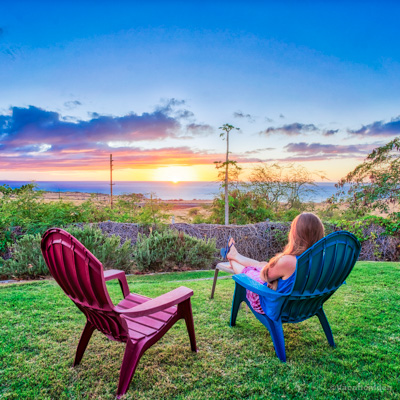11 Underrated Places to Visit in November

Searching for the best places to visit in November? Well, you are in the right place! From crisp fall colors to sunny warm-weather escapes, I think that November offers the perfect mix of seasonal beauty and exciting activities, often in underrated places across the Uniter States.
I’ve always thought November was one of the easiest times to travel (except over Thanksgiving week when the airports are super busy). The first two and a half weeks in November are especially great if you want to cash in those hard-earned airline miles to get a free airline seat or a stay at a resort. After years of living here and exploring from coast to coast two weeks at a time during this season, I’ve discovered some truly special spots, from quaint small towns to breathtaking national parks. I think you’ll enjoy them too.
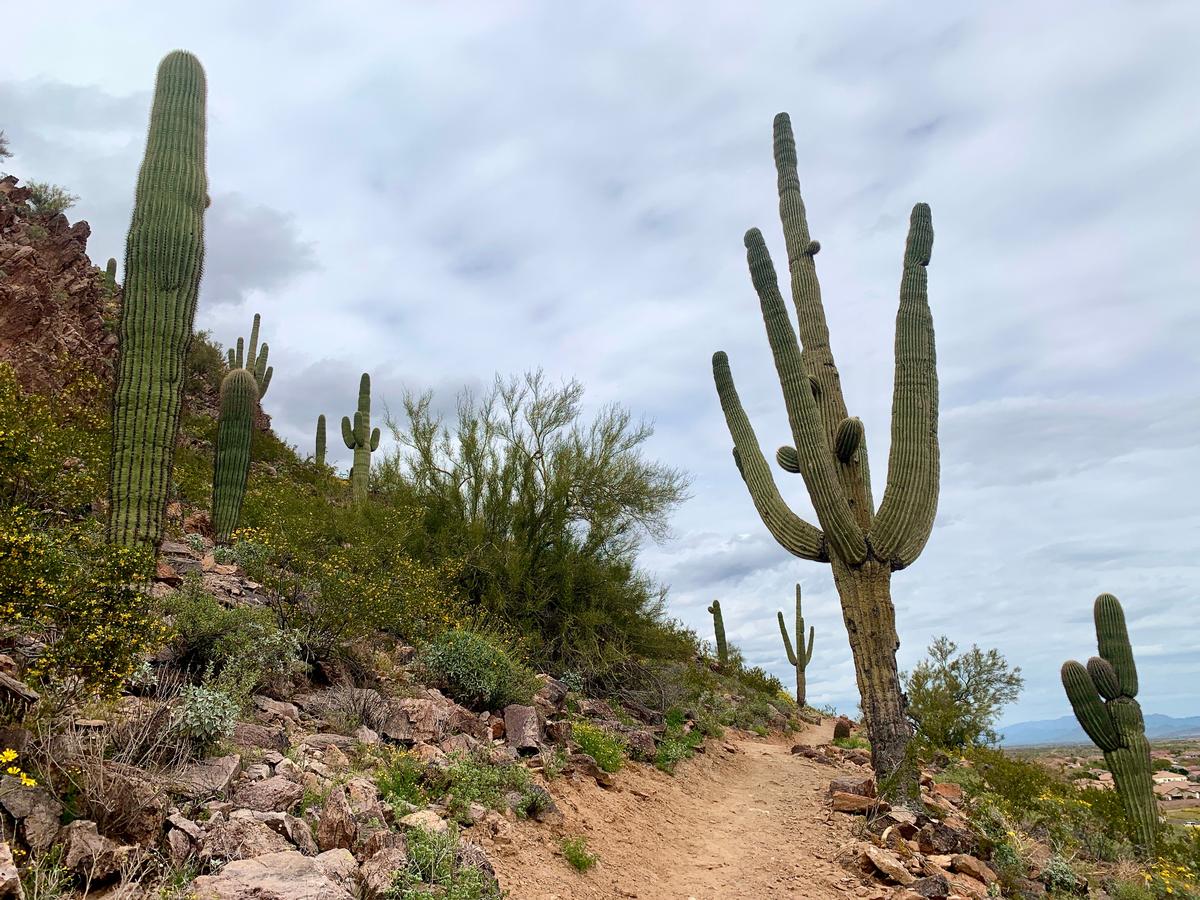
1. Peoria, AZ
This vibrant desert city is known as a gateway to the rugged beauty of the Sonoran Desert and November turned out to be a wonderful choice to visit! I found Peoria to be a hidden gem of the American Southwest with a perfect balance of outdoor adventure, arts, and modern amenities. The weather was pleasantly mild this month, with daytime highs perfect for strolling and cool evenings ideal for cozy dinners.
I arrived via Phoenix Sky Harbor International Airport (just a 40-minute drive away) and stayed for three very sunny days. Accommodation deals were plentiful thanks to it being shoulder season just before the Thanksgiving vacation rush. Staying at the cozy, contemporary Cibola Vista Resort & Spa for three days was a personal highlight for me... I loved the Southwestern-inspired design, the adobe-style architecture, warm earth-tone décor, massage services, and the relaxing outdoor hot tubs under the stars!
During my stay, I hiked through the scenic Westwing Mountain Preserve with its desert wildflowers, enjoyed the view at Lake Pleasant, and ended my evenings strolling through Old Town Peoria with its charming eateries, murals, and historic sites.
- Location: Southwestern United States
- Average temperature: 50°F – 73°F (10°C – 23°C)
- Map
What I loved best:
Peoria Cafe was my favorite for breakfast and packed lunch which I ate on the trail later.
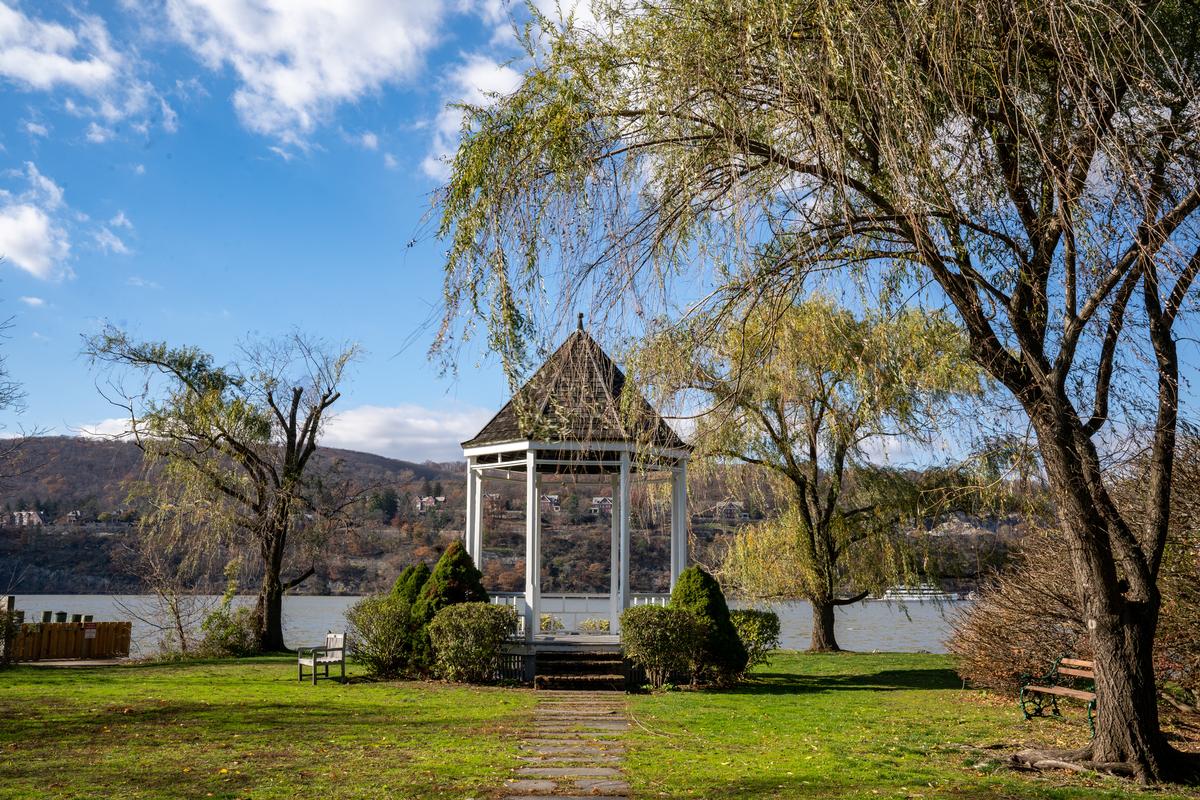
2. Garrison, NY
When I moved here, I loved visiting this town at the end of November, when the Hudson Valley had that magical transition from autumn to winter. The air was crisp, the last of the golden leaves were still clinging to the trees, and while ski season hadn’t fully arrived, the nearby slopes and outdoor adventures were beginning to stir for the season.
I took the Metro-North Hudson Line from Manhattan's Grand Central ($15–$20 one way on), a journey that felt like part of the trip itself, with sweeping riverfront views along the ride.
I spent my time on the tranquil trails at Manitou Point Preserve for 2 hours, wandering around the peaceful grounds of Boscobel House and Gardens, visiting Manitoga/The Russel Wright Design Center, and enjoying a riverside stroll with dramatic views of the Hudson Highlands.
- Location: Hudson Valley, New York
- Average temperature: 34°F – 50°F (1°C – 10°C)
- Map
What I loved best:
Early dinner at Dolly's Restaurant near the train station before returning to NYC was a highlight because I worked up quite an appetite while exploring Garrison.
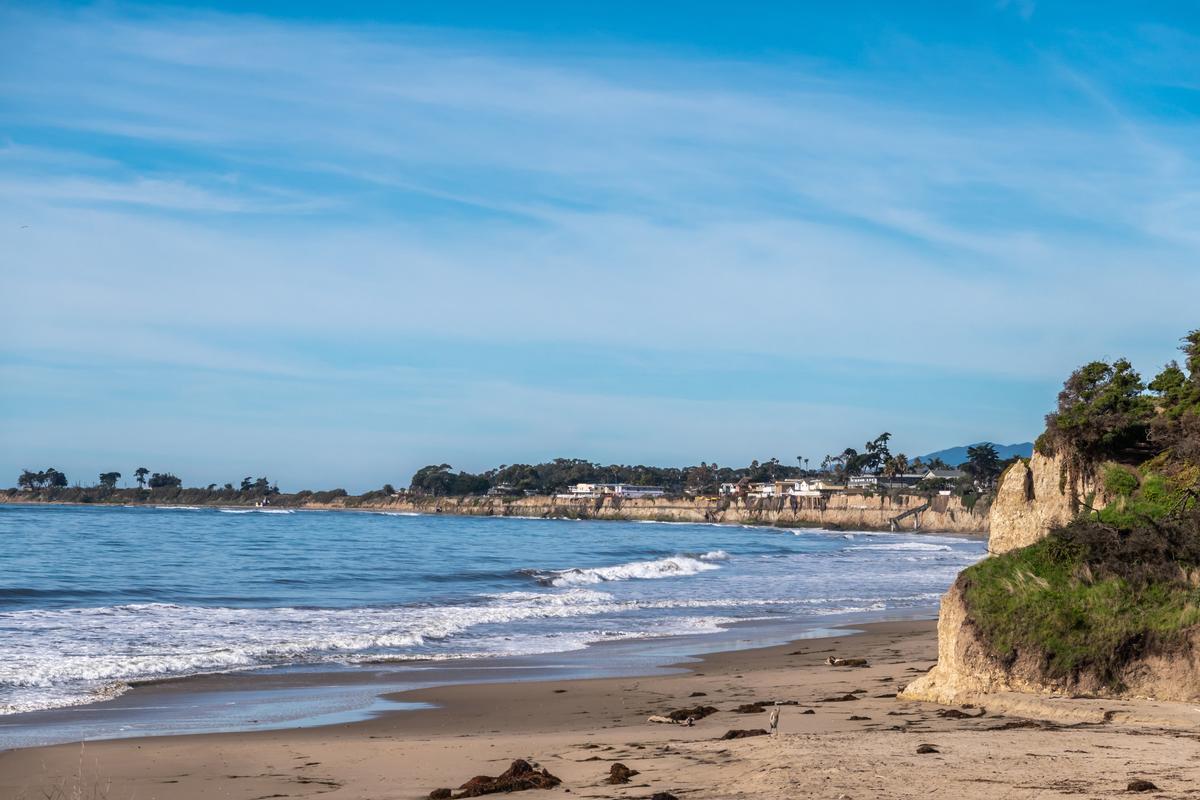
3. Goleta, CA
I discovered that this town makes a surprisingly delightful November mini-break. The crisp autumn air is perfect for strolling on the local beaches and exploring boutique shops this month. Best of all, this underrated coastal town had none of the tourist crowds you find in nearby Santa Barbara.
My husband, son and I drove about 1 hour 45 minutes northwest from Los Angeles to "The Good Land" and stayed at the 4-star Leta Santa Barbara Goleta overnight.
I was pleasantly surprised to find seasonal festivities too, like the Goleta Holiday Parade, the Old Town Tree Lighting, and the lively California Harvest Celebrations. They are all set against a backdrop of ocean views and rolling foothills which I think makes Goleta one of the best places to visit in November.
- Location: Goleta, California (Central Coast)
- Average temperature: 50°F – 70°F (10°C – 21°C)
- Map
What I loved best:
My highlight was oceanfront dinner at The Ellwood at Goleta Beach...watching the sky go from orange to pink at sunset was unforgettable.
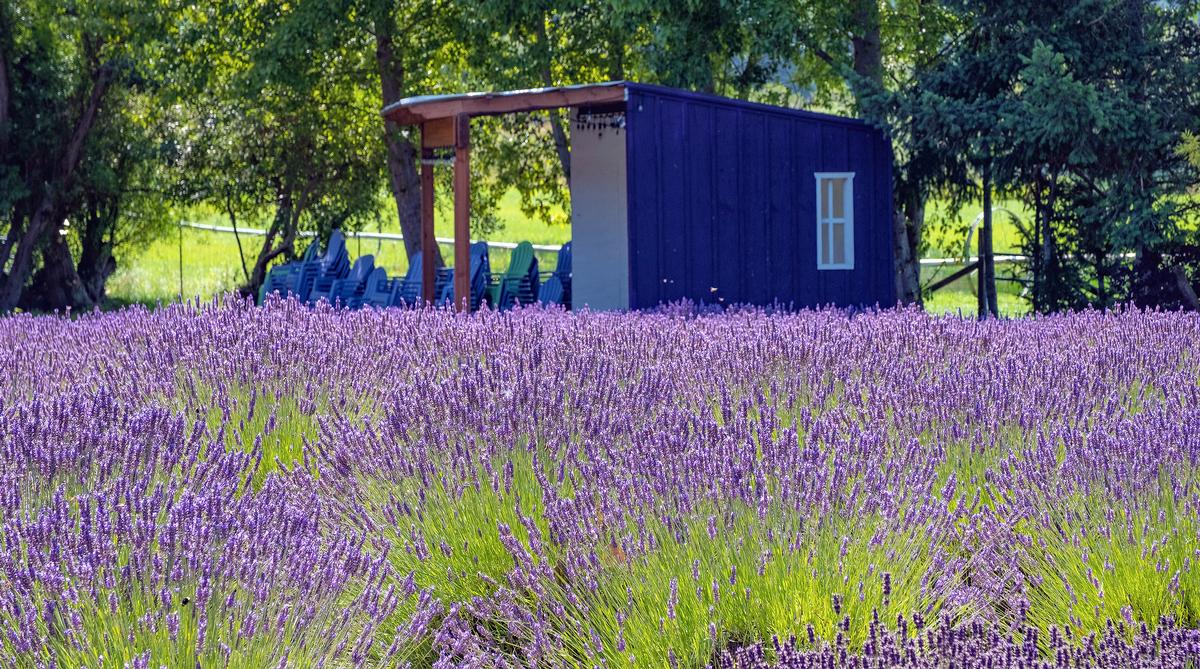
4. Sequim, WA
I thought this peaceful Pacific Northwest town was a stunning hidden gem when I visited in late November. The weather was crisp but mild, the lavender fields and bayfront trails were serene without the summer visitors in a way that completely won me over.
I drove just over two hours from Seattle and stayed for two relaxing nights at the 3-star Holiday Inn Express & Suites Sequim. My favorite outdoor escapes ended up being the sweeping sands of Dungeness Spit, the serene coves of Sequim Bay State Park, and the forested paths along Railroad Bridge Park.
- Location: Sequim, Washington (Olympic Peninsula)
- Average temperature: 40°F – 50°F (4°C – 8°C)
- Map
What I loved best:
The city’s downtown lined with galleries and cafés. My highlight was tasting lavender-infused cider and truffles at a boutique farm shop.

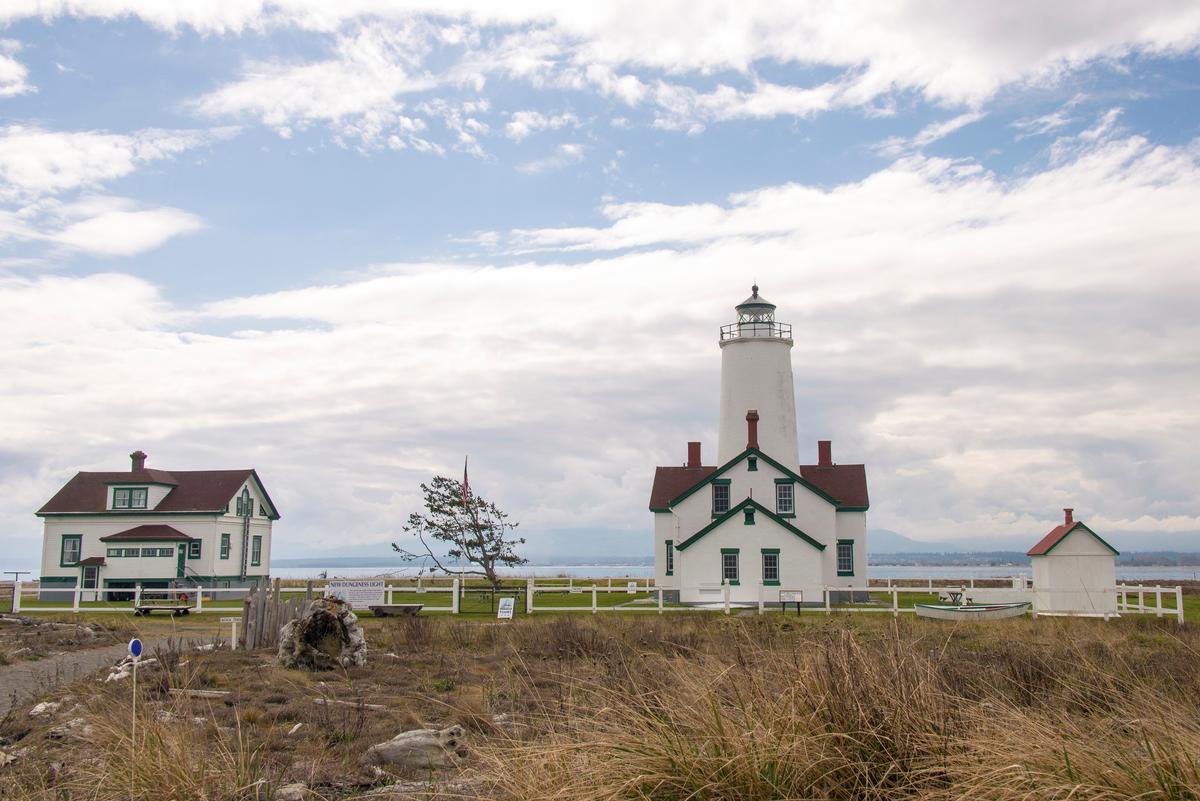

5. Crisfield, MD
We found the weather pleasantly cool with a gentle coastal breeze, ideal for walking along the waterfront, spotting blue crabs being unloaded at the docks, and enjoying views of Tangier Sound.
We flew from Austin into Baltimore (about 3 hours nonstop) and then drove 3 hours southeast to Crisfield, a small fishing town of just 2,500 people on the Chesapeake Bay.
By autumn, the summer crowds had mostly faded, giving the whole place a quiet, authentic Eastern Shore feel.
Highlights included taking a ferry out to Smith Island for a taste of its famous layer cake, birdwatching at Janes Island State Park, and visiting the small but fascinating J. Millard Tawes Museum, which showcases the area’s maritime history.
Rates at the 2-star Somers Cove Motel were very reasonable in November so we decided to stay and extra night!
- Location: Crisfield, Maryland (Chesapeake Bay, Eastern Shore)
- Average temperature: 40°F – 58°F (4°C – 14°C)
- Map
What I loved best:
Prices were refreshingly reasonable during our seven day stay in an affordable vacation rental, and the town’s reputation as the “Crab Capital of the World” lived up to the hype with its casual seafood shacks and crab feasts.

6. Brunswick, ME
We flew from Austin into Jacksonville (about 2.5 hours nonstop, $250), then drove an hour north this historic port town of about 16,000.
Brunswick, GA, turned out to be one of my favorite discoveries on the Georgia coast, located just before you reach the Golden Isles of St. Simons and Jekyll Island.
Laid out in 1771, Brunswick’s Old Town district still follows the original colonial grid, with moss-draped oaks shading Victorian homes.
It was just before the start of the chillier winter months, and I was able to find great deals on hotels and flights which, for me, makes Brunswick one of the best places to visit in November. We spent the night at the Oaks on the River in nearby Darien, just 15 minutes up the coast.
- Location: Brunswick, Maine (Midcoast Maine)
- Average temperature: 30°F – 49°F (-1°C – 9°C)
- Map
What I loved best:
I found the weather pleasantly mild with sunny afternoons, cool evenings, and far fewer crowds than the busy summer season.
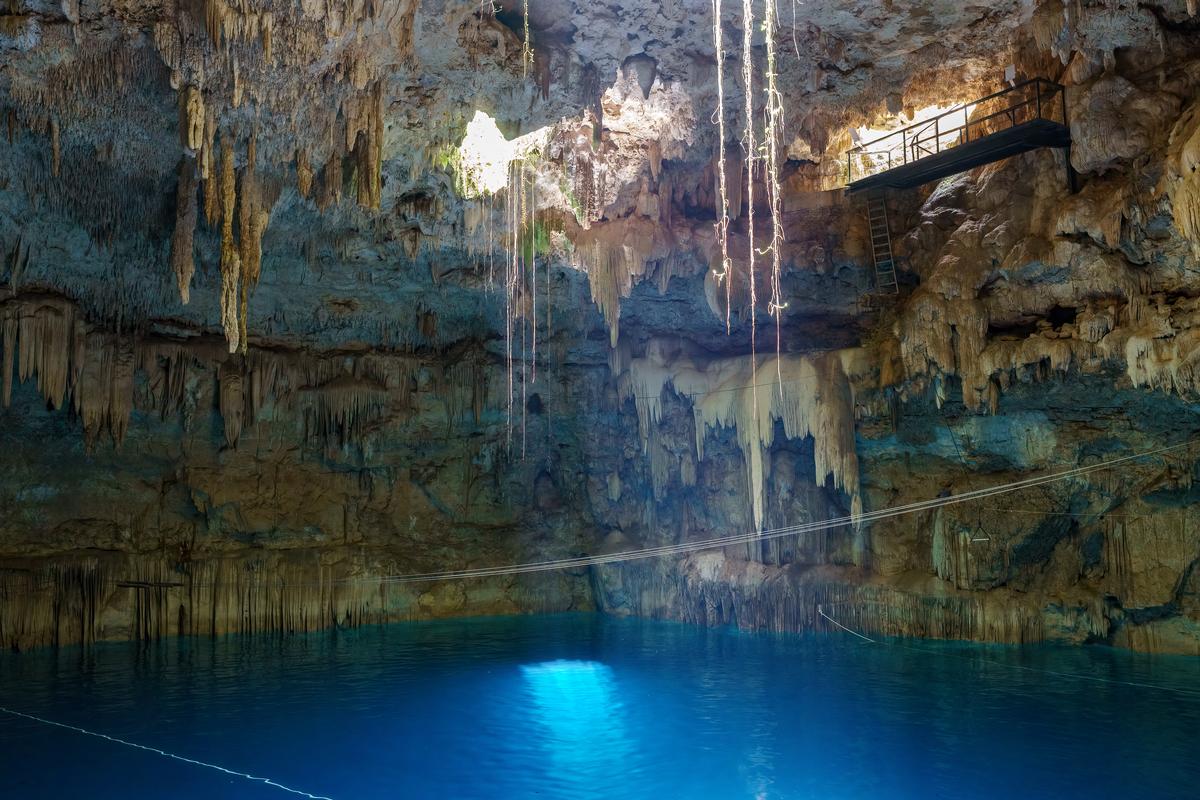
7. Hacienda Chukum
I discovered that this time of year was perfect, the days were bright and pleasantly warm, but without the peak-season crowds. That made it ideal for enjoying the cenote at my own pace.
From Austin, we flew about 2.5 hours into Cancún and drove 2 hours west to Valladolid, a colonial city of about 56,000 people. Just outside town sits Hacienda Chukum, where a restored hacienda hides a stunning limestone cenote.
It was also more budget-friendly compared to the high season, and the humidity was much lower, which made exploring the lush tropical surroundings far more comfortable.
- Location: Hacienda Chukum, Valladolid, Yucatán, Mexico
- Average temperature: 68°F – 86°F (20°C – 30°C)
- Map
I also explored colonial Valladolid, wandered through atmospheric cobblestone streets, and made day trips to see the ancient wonders of Chichén Itzá and Ek’ Balam. The sunsets over the cenote were simply unforgettable—one of those rare, magical travel moments you can’t capture fully in photos.
What I loved best:
The weather felt stable and welcoming.
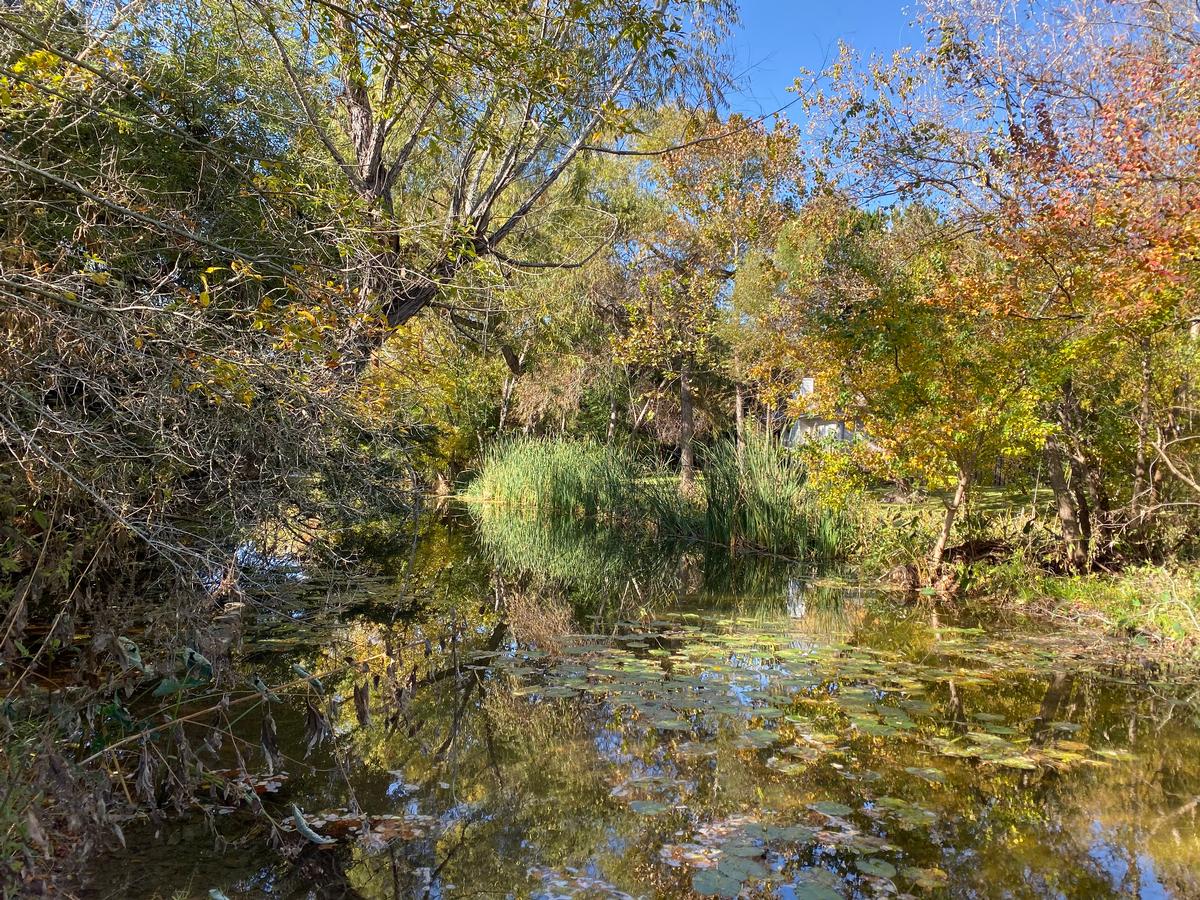
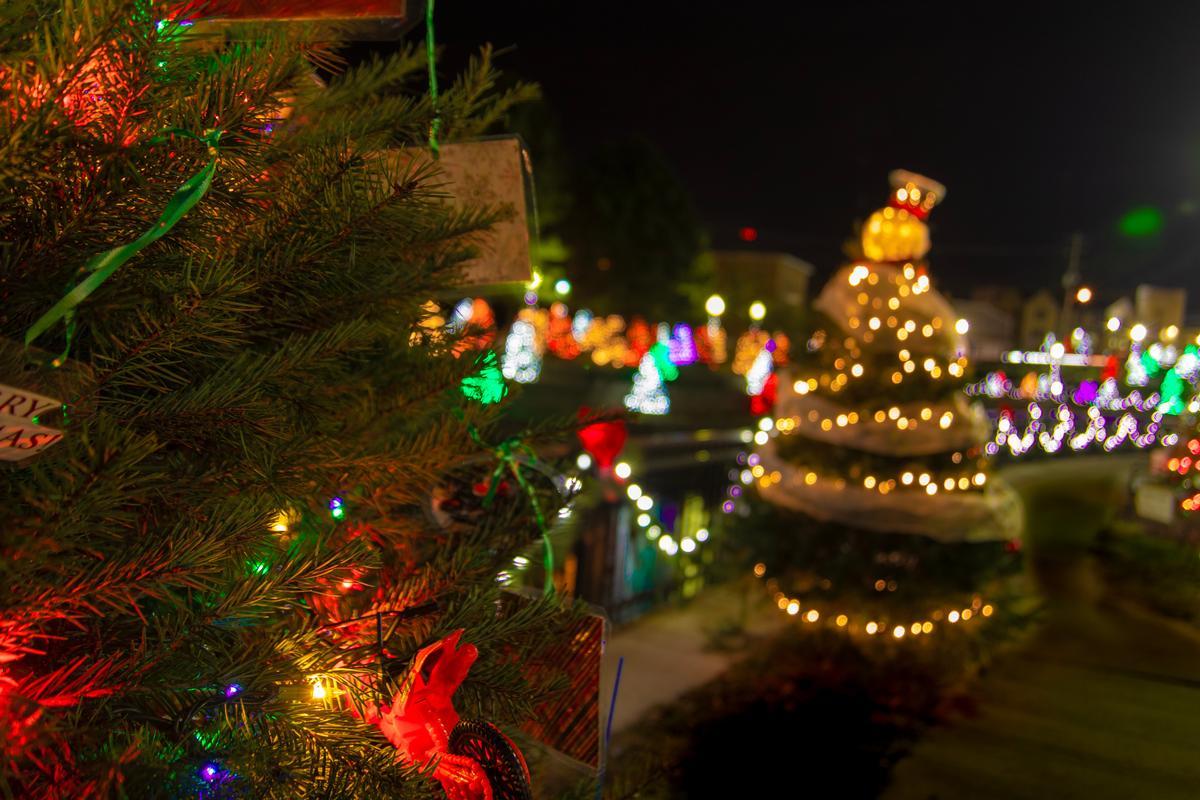
8. Adrian, MI
This place really surprised me as one of my favorite small-town getaways in southeast Michigan, just under an hour from Ann Arbor. Founded in 1826, the town still shows off its 19th-century roots.
I loved starting downtown, where the historic brick buildings gave the whole area a vibrant charm—it felt like stepping back in in time but with plenty of cool cafés and shop to explore.
One of the best highlights was the Croswell Opera House, Michigan’s oldest theater still in use. We visited the Lenawee County Historical Museum, and spent time outdoors at Heritage Park. We also checked out Adrian College’s stunning campus, with its beautiful architecture and lively energy.
- Location: Adrian, Michigan (Lenawee County, Southeastern Michigan)
- Average temperature: 32°F – 47°F (0°C – 8°C)
- Map
What I loved best:
A great burger at Alpha Koney Island.
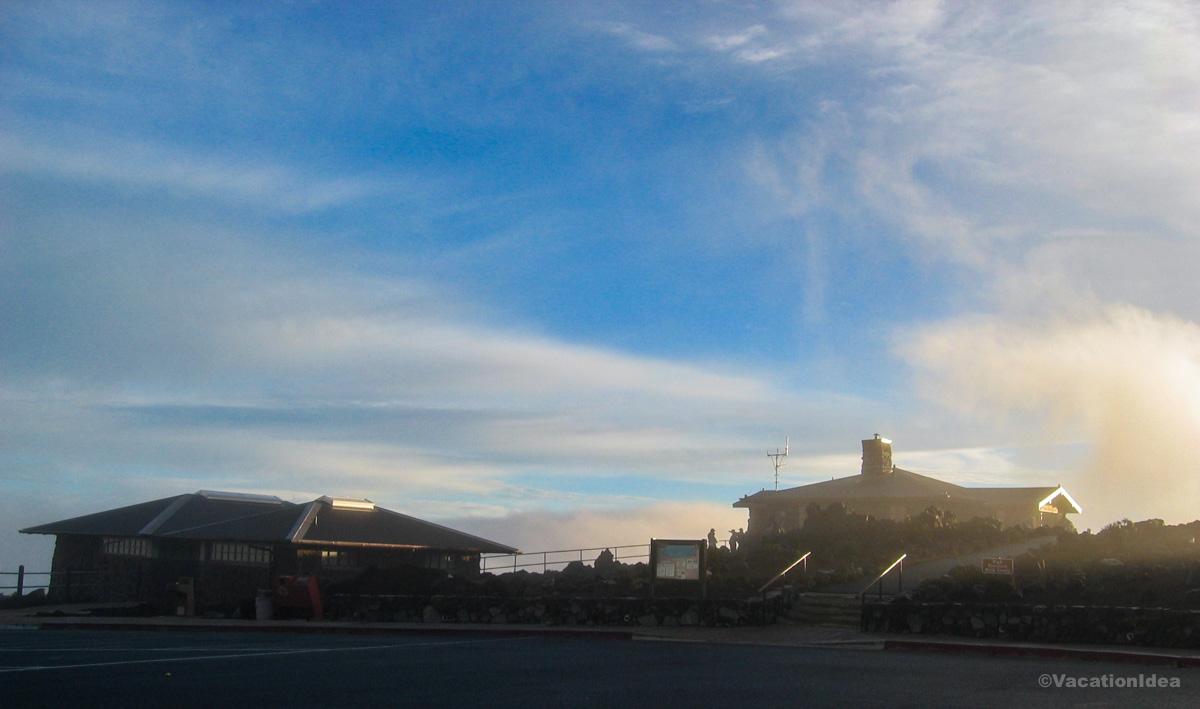
9. Haleakala National Park, Maui
Visiting this place during this month turned out to be an unforgettable experience! The crisp, cooler air at the summit made exploring the volcanic landscape much more comfortable, and with fewer crowds, I was able to take in the vast crater views and unique trails in peace.
From our home on the Big Island of Hawaii (yes, I actually lived there for 6 years!), we flew into Kahului Airport (OGG) on Maui and drove about 1.5 hours up winding mountain roads to the summit entrance, spending several days immersed in the park’s different ecosystems.
- Location: Haleakala National Park, Maui, Hawaii
- Average temperature at the summit: 40°F – 70°F (4°C – 21°C)
- Map
What I loved best:
The sunrise above the cloud line was absolutely magical. The soft, low-angle light painted the sky in shades of pink, gold, and violet, casting an otherworldly glow across the crater and cinder cones. I recommend getting well dressed in sweaters but once the sun rises, leave some layers in the car before hitting the trails!
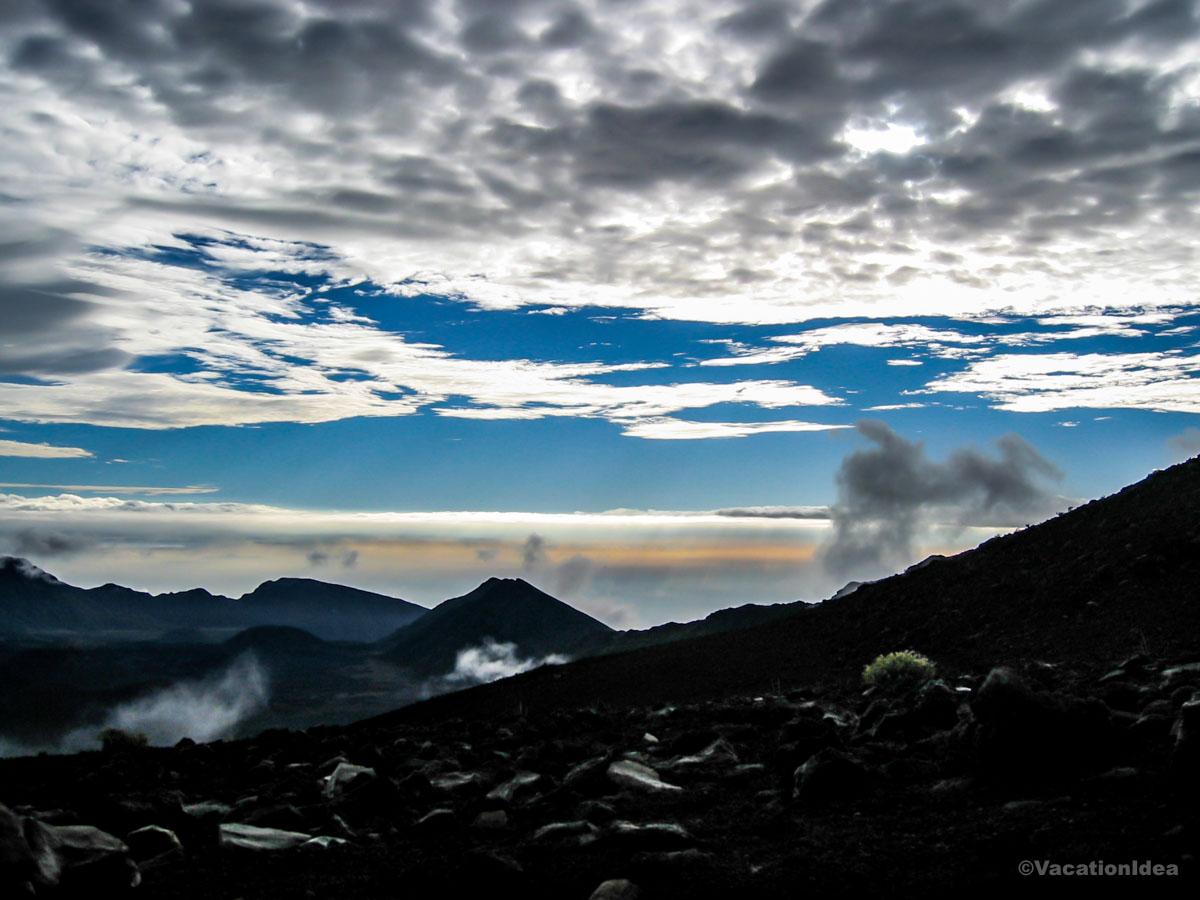
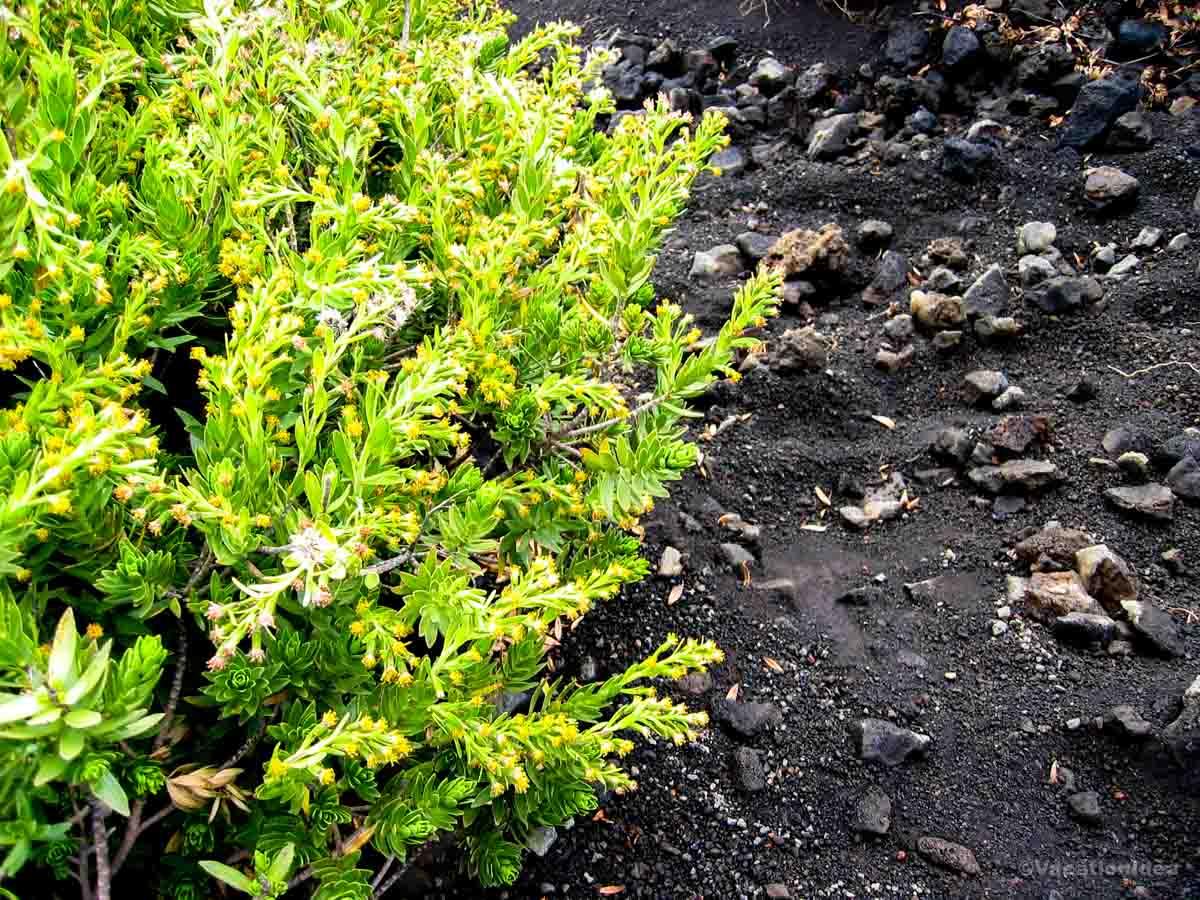
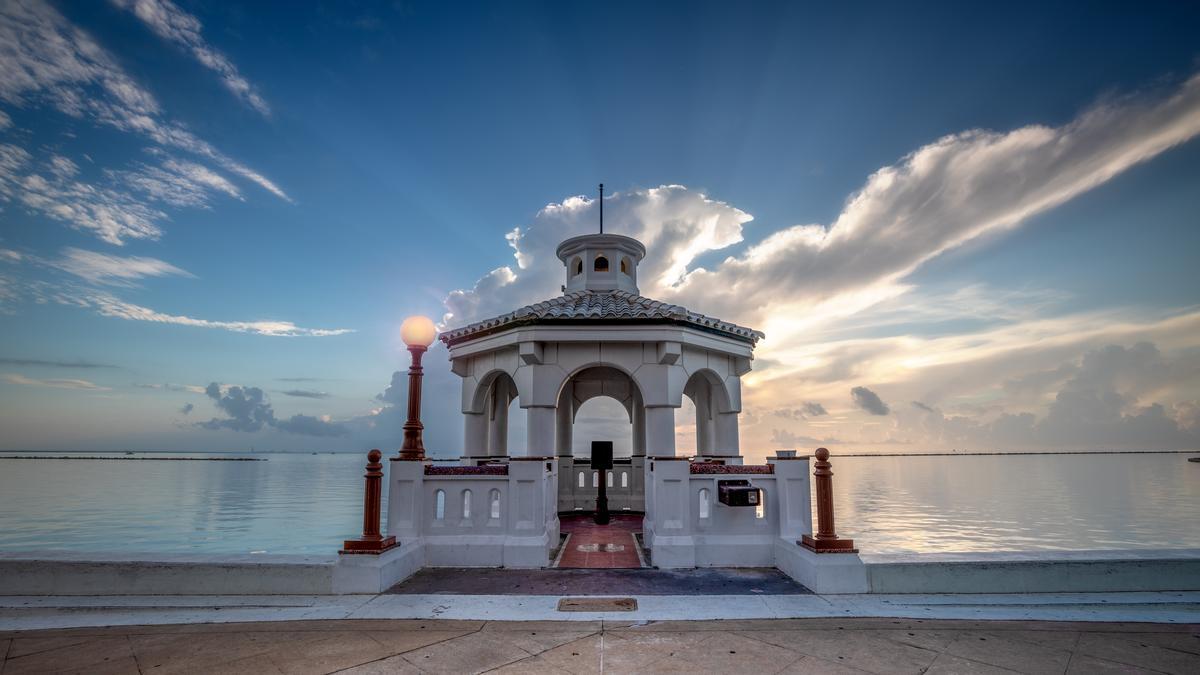
10. Corpus Christi
By November, the hot Texas summer had faded, the air was comfortably cool but still sunny, and the coastal winds carried a freshness that made walking along the bayfront and beaches feel relaxing without the crowds of peak season.
We drove about 3.5 hours southeast from our house in Austin to Corpus Christi, a Gulf Coast city of around 320,000 people. Known for its naval and Spanish colonial history, the city blends beach life with culture. We started at Padre Island National Seashore, which is honestly one of the best spots I’ve ever been. It stretches for miles, and walking along the soft sand with the ocean breeze felt absolutely magical.
We spent the night at Residence Inn by Marriott Corpus Christi Downtown.
- Location: Corpus Christi, Texas (Gulf Coast)
- Average temperature: 55°F – 74°F (13°C – 23°C)
- Map
What I loved best:
I loved exploring the Texas State Aquarium with my son, the USS Lexington, the South Texas Botanical Gardens, and Cole Park, right along Ocean Drive.
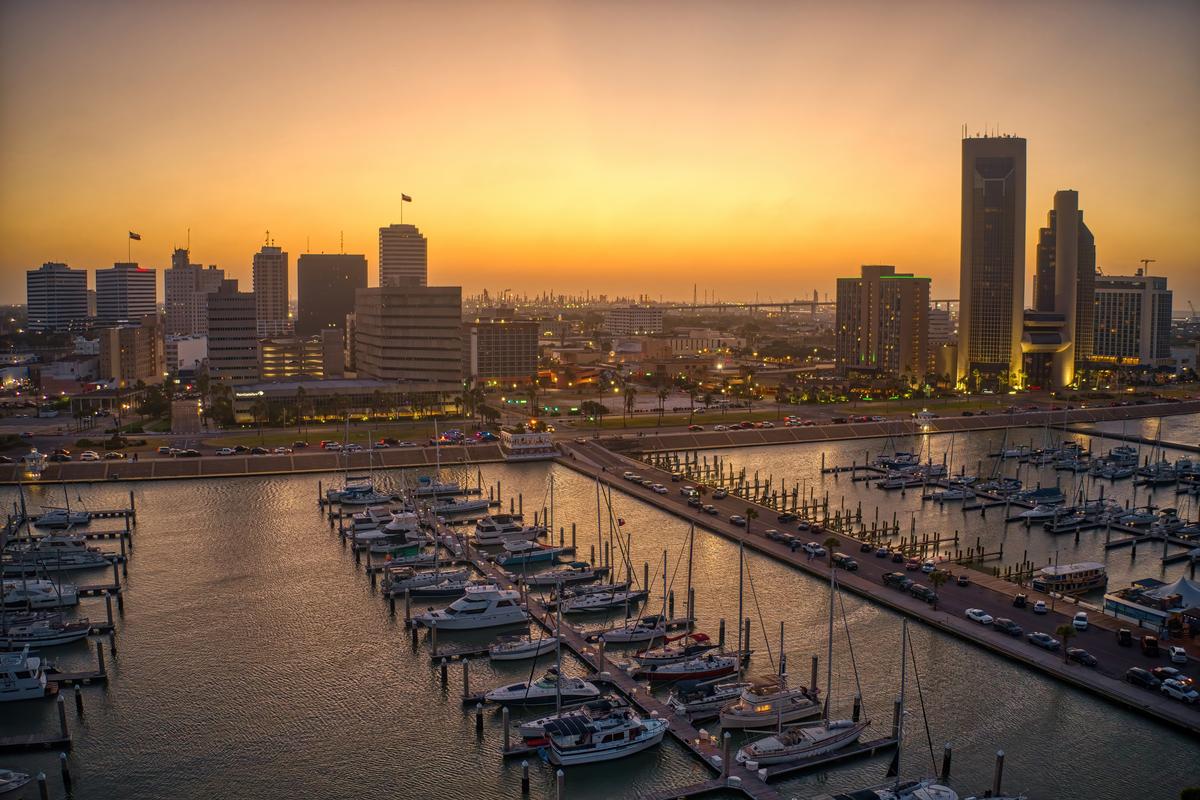
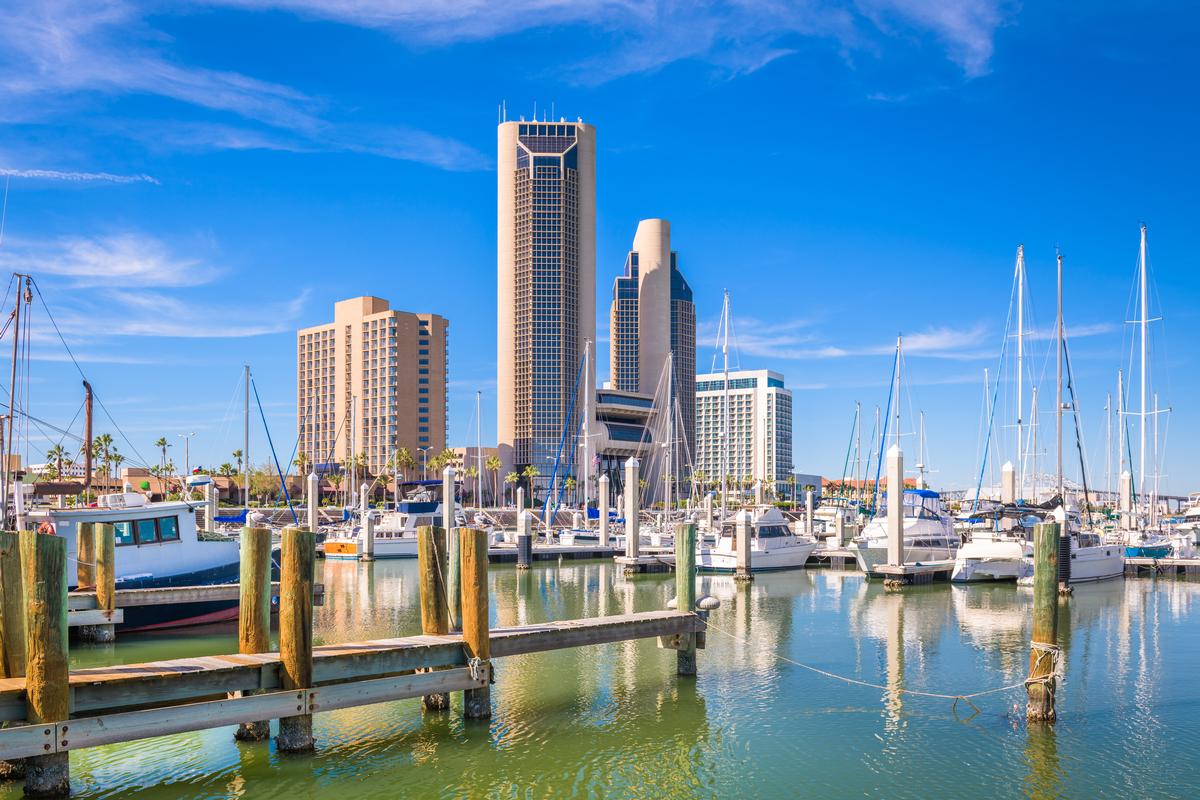
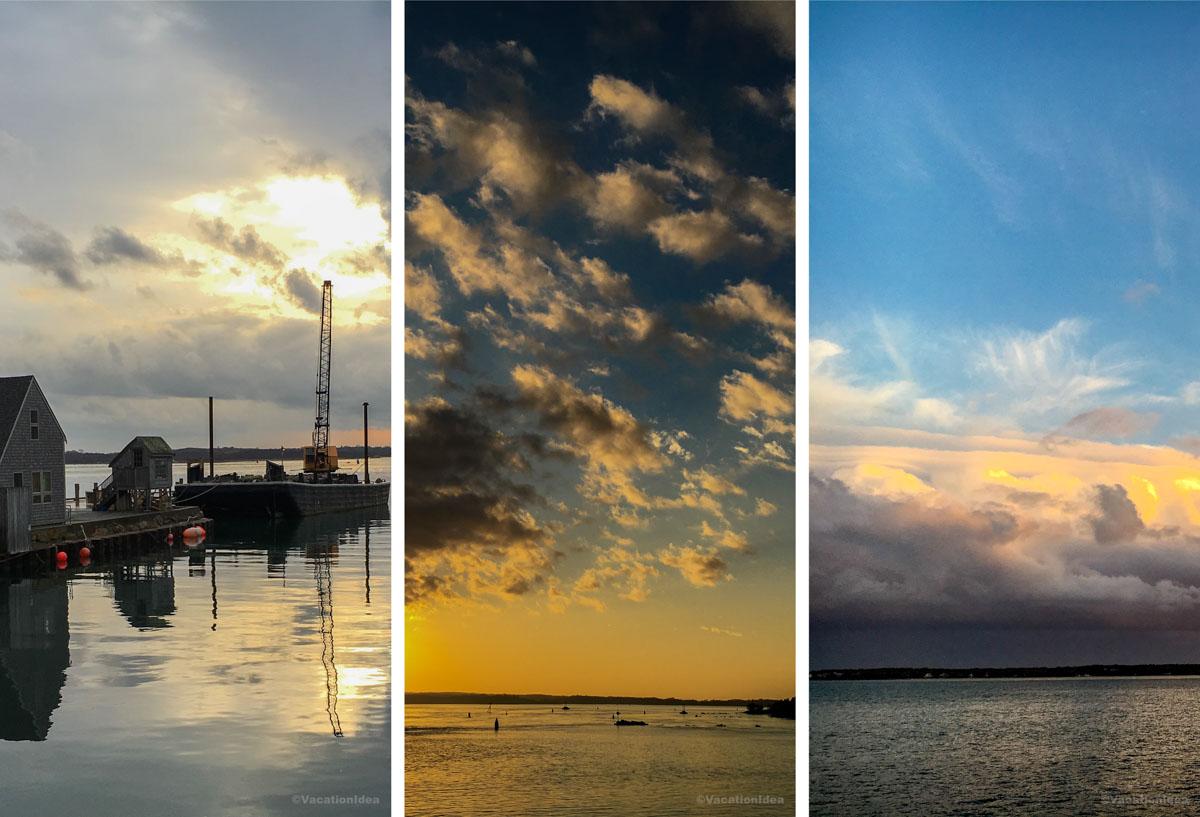
11. Martha’s Vineyard
Visiting the island this month was the perfect decision! The island had a relaxed, shoulder-season charm and everything was at least twice as affordable as in the summer.
The soft golden sunlight at this time of year lit up the shingled cottages, lighthouses, and colorful harbors with a painterly glow, while the crisp ocean air kept everything feeling fresh and calm.
We flew into Boston Logan International Airport (BOS), took a scenic drive down to Woods Hole, and then caught the ferry over to Martha’s Vineyard, where we stayed for several restful days.
I walked around Oak Bluffs, biked along the beach-side paths near Edgartown, enjoyed the panoramic views from Gay Head Cliffs in Aquinnah, sampled fresh seafood by the harbor, and strolled on quiet beaches where the Atlantic waves rolled in steadily.
- Location: Martha’s Vineyard, Massachusetts (island off Cape Cod)
- Average temperature: 38°F – 54°F (3°C – 12°C)
- Map
What I loved best:
Evenings were perfect for watching the sunset paint the sky over Vineyard Sound. I took over a hundred photos so I'm including many here. I have to say that the wind gets a bit rough in November kicking up sand on the beaches. I had to shield my camera from it.
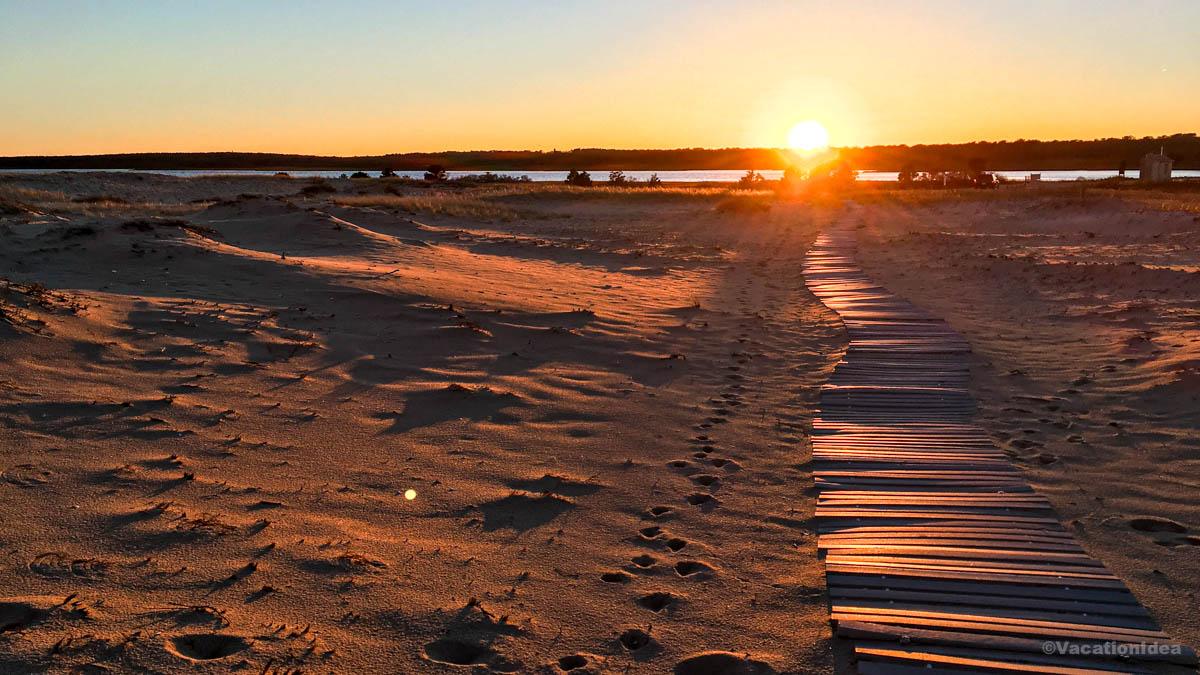
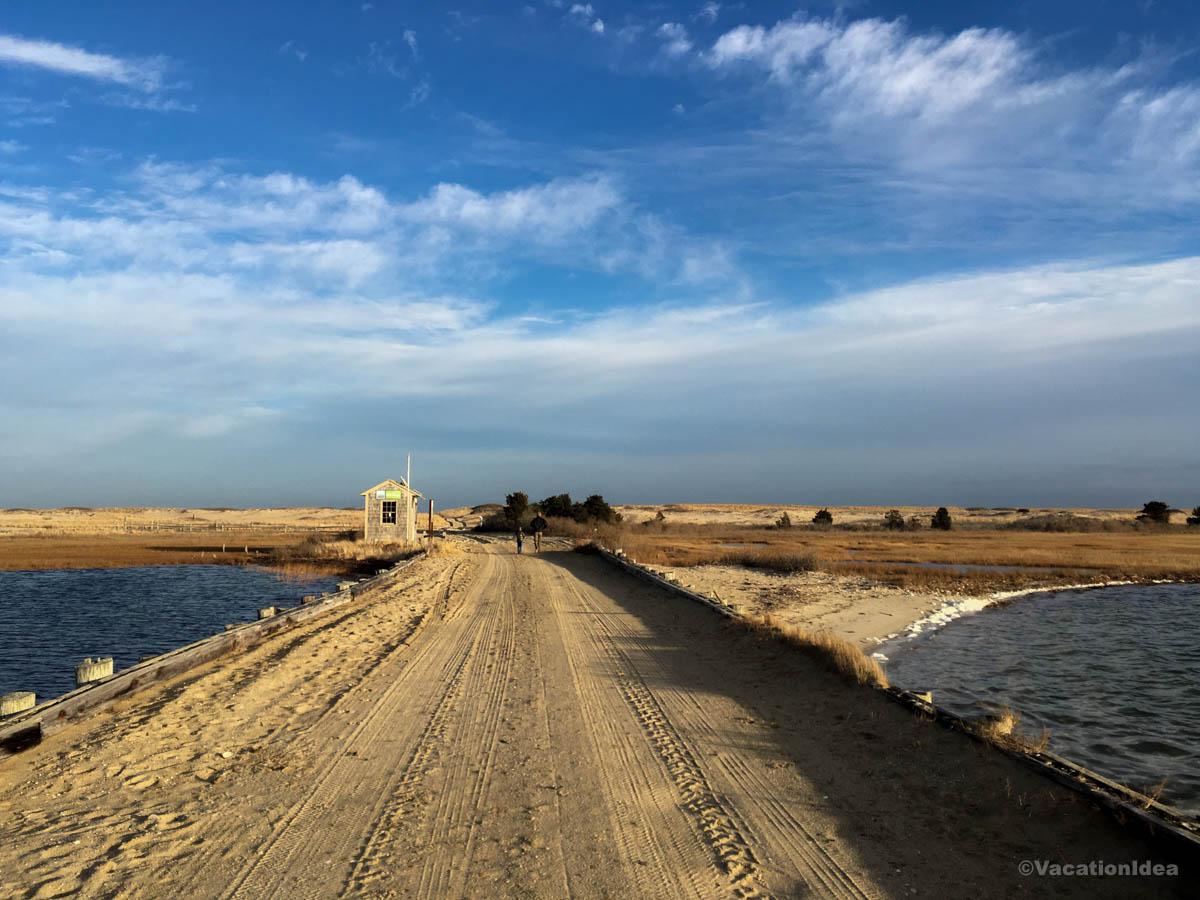
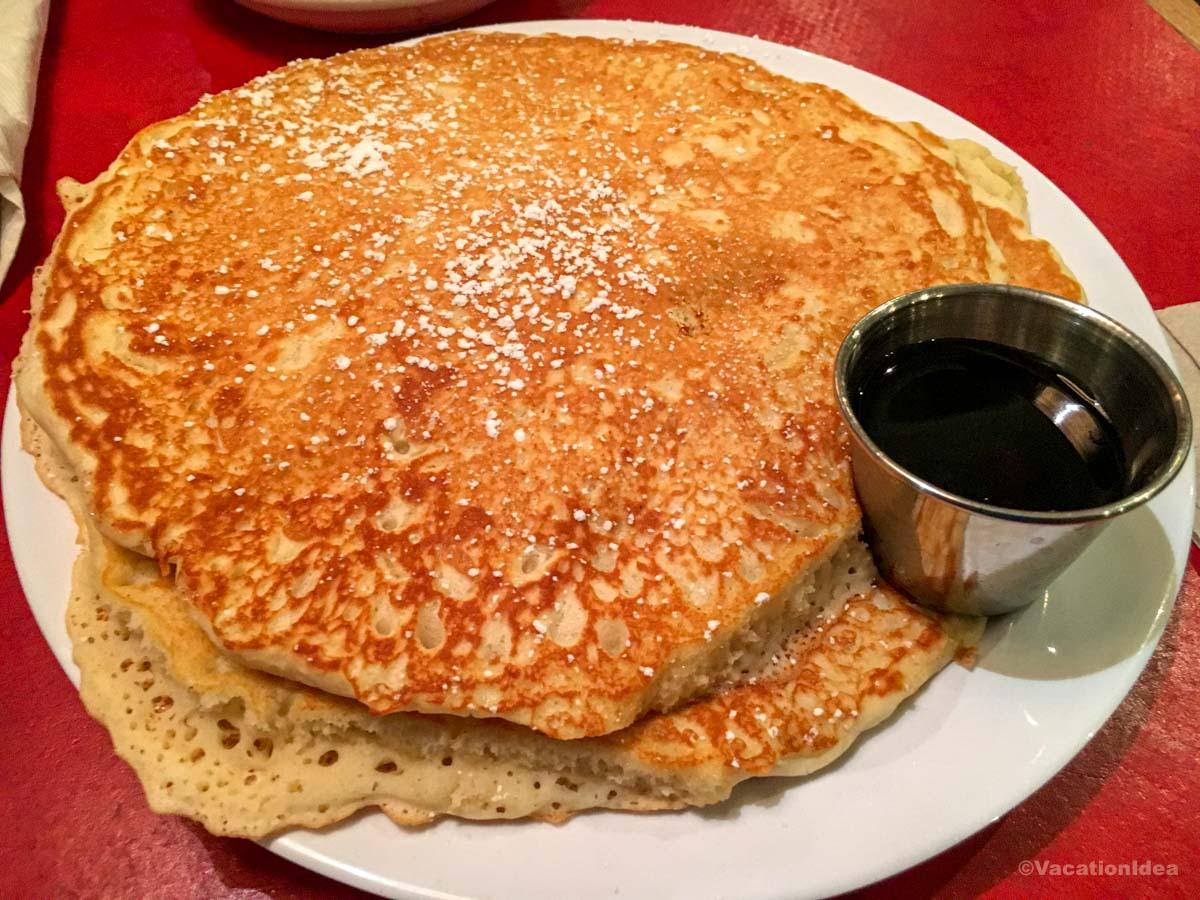
Conclusion
With so many options across the country and beyond, it’s easy to plan the best kind of November trip, whether you want adventure, relaxation, or festive fun. This month offers the best opportunities to enjoy both the last days of fall and the first hints of the holiday season.
Which November adventure will you choose? If you’re searching for the best mix of seasonal charm, activities, and unforgettable moments, these destinations deliver. They’re not just trips, they’re the best, sometimes underrated, always unique, and forever some of my favorite ways to travel in the fall.
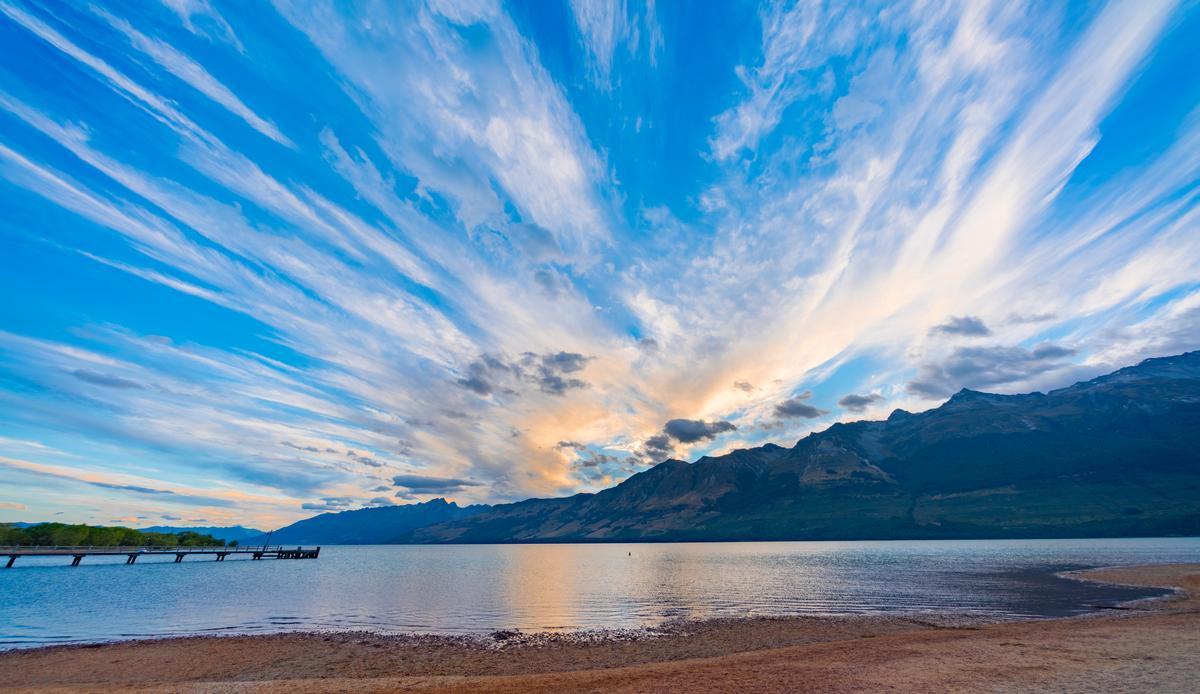
Booking Checklist
1. Book Your Flight - I use Expedia because I like their mobile app with my itinerary. They've helped me re-book flights on many occasions. Once you reach their Gold tier, support is especially good.
2. Book Your Hotel - I use Booking.com or Expedia, depending on my destination.
3. Book Your Rental Car - I use Expedia.
4. Book your tours on Viator or Get Your Guide.
5. If you are planning to visit more than three national parks in the next 12 months, buy the America the Beautiful Pass.
